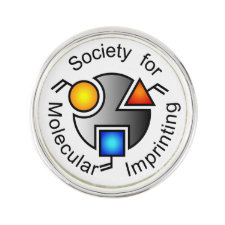
Authors: Tokonami S, Iida T, Shigi H, Nagaoka T
Article Title: Detection of Biomaterials and Bacteria Using Functionalized Nano- and Micro-spaces.
Publication date: 2015
Journal: Bunseki Kagaku
Volume: 64
Issue: (10)
Page numbers: 727-736.
DOI: 10.2116/bunsekikagaku.64.727
Alternative URL: https://www.jstage.jst.go.jp/article/bunsekikagaku/64/10/64_727/_article
Abstract: The detection systems of biomaterials, for example, DNA and protein, which are important in genetic and allergy tests, or those of bacteria causing various disease, are essential tools in preventive healthcare, the food security, and the environment conservation. These ensure a sustainable cultural life for all human beings. In order to solve these problems, many researchers are trying hard from dawn to dusk for the development of efficient detection methods of targets whose sizes range from nanometers to micrometers. In this contribution, we provide a review of our recent achievements concerning (1) Self-assembling fabrication method of a high-density assembled structure of metallic nanoparticles exhibiting strong optical response due to the collective phenomena of internal electronic systems in a nano-space and a novel principle for the optical detection of biomaterials using such a structure; (2) Fabrication method of a conducting polymer film with bacterial surface structure-imprinted micro-spaces and the detection method of bacteria using its high specificity. We also discuss the prospects for developing label-free, rapid and highly-sensitive biosensors based on these detection principles and methods
Template and target information: bacteria, Pseudomonas aeruginosa, Escherichia coli, Bacillus subtilis, Staphylococcus aureus
Author keywords: Metallic nanoparticle, Plasmon, Biomaterial, molecularly imprinted polymer, bacterial detection



Join the Society for Molecular Imprinting

New items RSS feed
Sign-up for e-mail updates:
Choose between receiving an occasional newsletter or more frequent e-mail alerts.
Click here to go to the sign-up page.
Is your name elemental or peptidic? Enter your name and find out by clicking either of the buttons below!
Other products you may like:
 MIPdatabase
MIPdatabase









